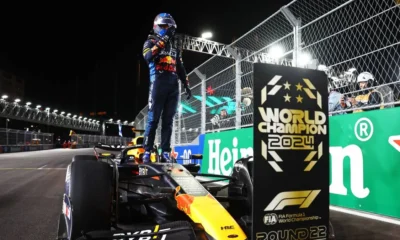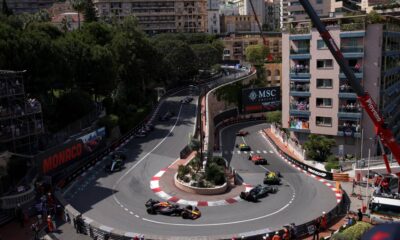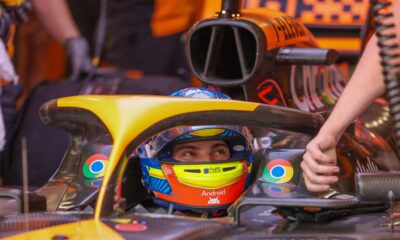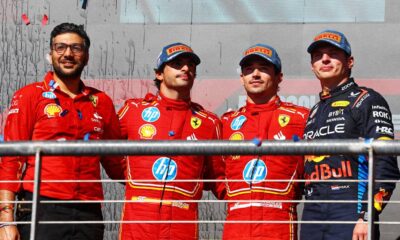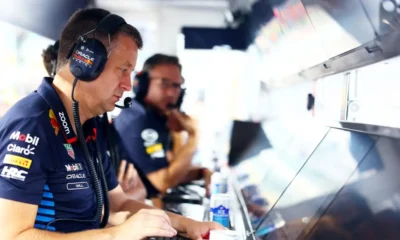Motorsport
New tyres, changes to the budget cap, changes to individual tracks: the F1 Commission has approved several new features!
The F1 Commission approved several innovations yesterday, 21 February, during its first meeting of 2023 in London. The International Automobile Federation (FIA) itself announced on its official website that DRS zones at five circuits will be modified and teams will have new wet tyres. What else did the commission approve?
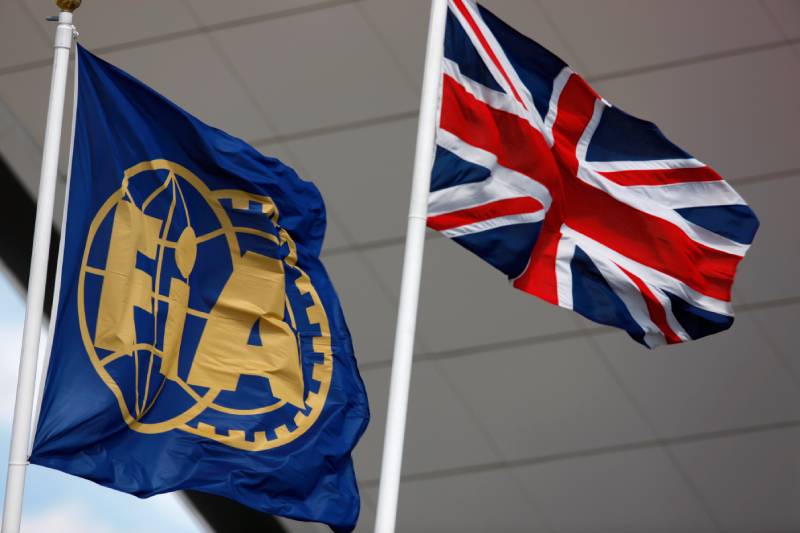
The F1 Commission approved several innovations yesterday, 21 February, during its first meeting of 2023 in London. The International Automobile Federation (FIA) itself announced on its official website that DRS zones at five circuits will be modified and teams will have new wet tyres. What else did the commission approve?
The International Automobile Federation (FIA) came up with somewhat more news a few hours ago.
The F1 Commission approved the changes below as teams await the official pre-season test in Bahrain. So what news should fans of the queen of motorsport expect?
New wet tyres
The first key item at the London meeting was the new wet tyres. After the successful testing that Pirelli carried out with the support of the teams, the company came up with a new wet weather tyre.
This is said to be much more powerful than previous specifications, and the tyre does not require the use of a heating blanket. These were originally planned to be discontinued from the 2024 season, but we have covered this topic in more detail before anyway.
The FIA is also working on some sort of special rain package. The water chips generated by the cars when driving on a wet track are also a big problem.
According to that statement, a technical directive is being prepared that will allow teams to carry out work on this package outside the limits of the aerodynamic test restriction (ATR) and the cost limit. Track testing will be scheduled for the second or third quarter of 2023.
Radio communication between team and driver
This is obviously a big plus for viewers who watch F1 on TV screens. In fact, the F1 Commission has also approved a proposal to relax the regulation of radio messages to and from drivers, throughout the competition.
Parc fermé for races that include sprints
Due to the excessive workload on FIA technical staff and controllers during Grands Prix that include sprints, the F1 Commission has approved a revised policy for the acceptance of Parc Fermé applications. In practice, this will mean that teams will be able to replace more components that are prone to damage during sprint weekends.
This will apply to the entire Parc Fermé period from the car’s departure for Friday qualifying to the start of the race. The FIA will then have this change enshrined in a technical directive.
Changes at individual circuits
The FIA has also confirmed various changes to individual tracks. In Saudi Arabia, there will be significant changes to visibility on corner entry. A completely new surface is planned for Azerbaijan and Miami, while at Zandvoort the space between pit stops has been increased by 1.5m. Qatar, on the other hand, is about to build a new paddock infrastructure
In addition, however, the DRS zones will also be modified, specifically Bahrain, Jeddah, Melbourne, Baku and Miami. As the FIA’s official statement says, in most cases the activation and detection points will be moved. In Melbourne, the fourth activation zone will return.
Sporting, technical and financial regulations
The F1 Commission also approved various within the sporting, technical and financial regulations. These are to include the introduction of a mandatory winter shutdown for competitors and power unit manufacturers.
There was also a modification to allow easier access to the factories for the FIA audit team to oversee compliance with the Financial Regulations by the teams and PU manufacturers, and compliance with the operational restrictions of the Technical and Sporting Regulations.
Last but not least, the Commission also agreed to increase the budget ceiling more if more races are run. If more than 21 races are held, the FIA will add $1.8 million with each additional Grand Prix. Previously, the increase was 1.2 million.
Finally, it should be noted that any changes still have to be approved by the World Motor Sport Council. Only then will they actually come into effect.
Sources

